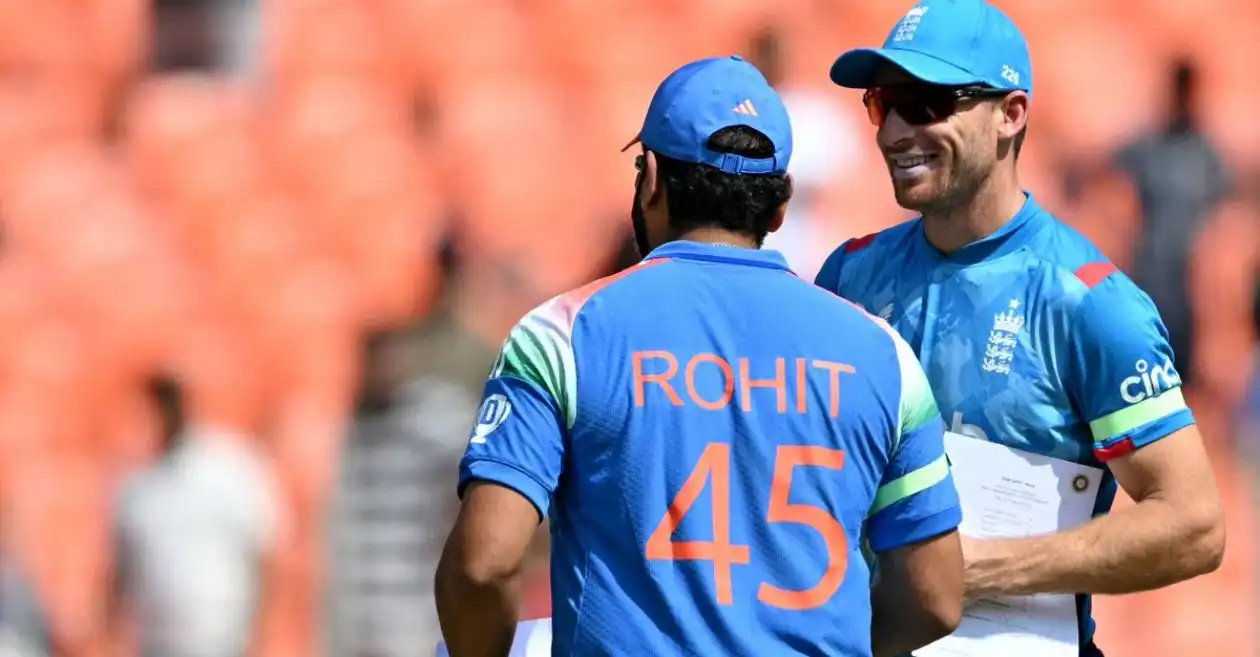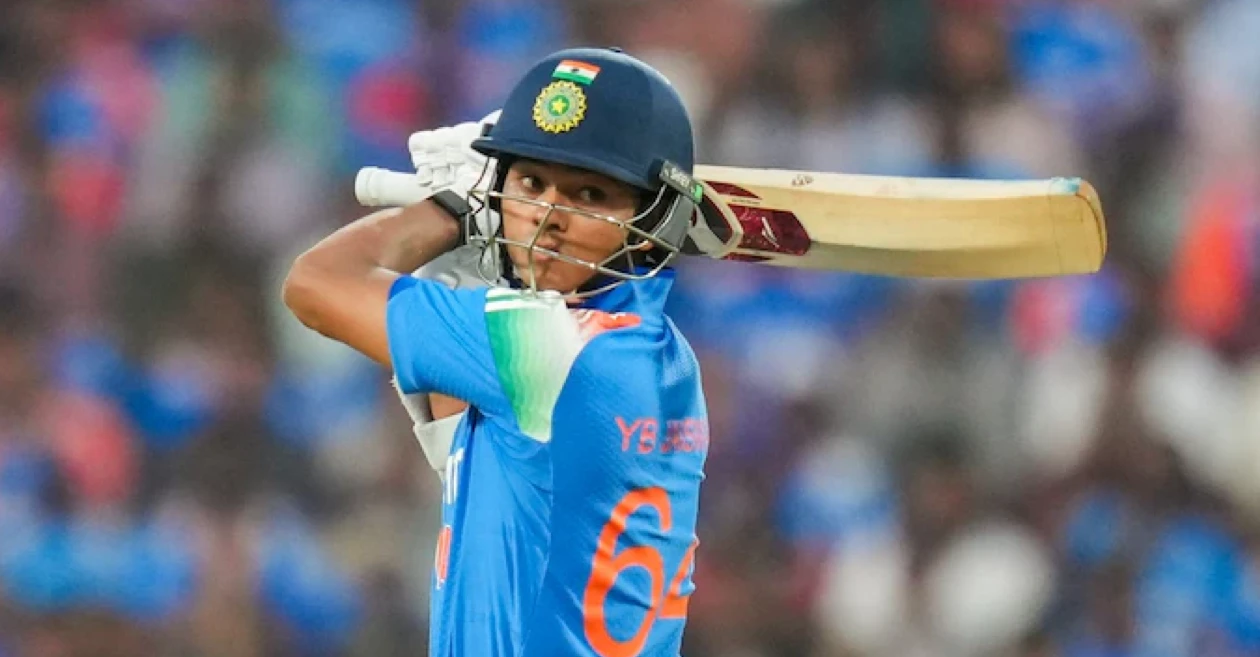Aug. 15—ROCHESTER — There was a time when high school baseball coaches could use their top pitcher almost as much as desired. Those days are long gone.
Coaches around the state now need to constantly track pitch counts. They need a pitching staff as deep as possible and can also use a bit of strategy with the rules.
For many years pitchers were restricted by how many innings they could throw during a certain time frame. Starting in 2017, a hard pitch-count rule was put in place for high school pitchers in Minnesota. There is a similar set of rules for American Legion pitchers in the summer.
“As coaches, we’re never going to abuse a player’s arm, but now it’s nice to have consistent rules in place,” John Marshall coach Tyler Zelma said.
Zelma was a pitcher in high school when there were no pitch-count rules.
“I was pitching two times a week, maybe 100 pitches each start,” he said. “But times are different. I think it’s for the benefit of these kids in the long run and I enjoy it.”
During the regular season, high school pitchers have a cap of 105 pitches per game at the start of the season and 115 during the playoffs.
If they reach that maximum pitch count, they have to come out when they are done facing the current hitter. It doesn’t matter if the pitcher is nearing the end of a no-hitter or if a state berth or championship is on the line. There is no leeway.
“I love it,” Cannon Falls coach Bucky Lindow said. “I think it saves arms, it’s good for kids. I think it takes the emotion away. The coach and the kid don’t have to figure out ‘How do you feel?’ It doesn’t matter because you reached your 115 (pitch limit).”
When current Century coach Todd Stellmaker was an assistant with the Panthers, he recalls a time when
Mac Horvath, a recent draftee by the Baltimore Orioles,
was close to his second straight no-hitter. But Horvath had to leave for a reliever in the seventh inning, just a couple outs away from another gem, due to the pitch count.
“But the rule is there for a reason,” Stellmaker said. “I don’t look back and think that anybody got cheated. In that situation, we were still able to get the no-hitter.”
That same scenario has played out for coaches and pitchers around the state over the years, often in high-pressure games. But the rules are in place to save wear and tear on a pitcher’s arm. Most pitchers in high school are from 14 to 18 years old.
If a pitcher reaches his maximum pitch count in high school, he needs three days of rest before pitching again. If a pitcher throws fewer than 30 pitches in a game, no rest days are needed between appearances. If 31-50 pitches are thrown, one day of rest is needed, and if 51-75 pitches are thrown, two days rest are required.
With the days-off requirement, coaches can also use some strategy, especially during the postseason when each game is crucial. A team that gets a big lead might want to take out a pitcher early so he is eligible to come back sooner in the playoffs.
“You don’t want to pull a guy too soon and then things go south and you end up blowing the game,” Mayo coach Tom Senne said. “We always look at it, ‘You’re pitching this game.’ And if some things in that game dictate the circumstances differently, then we’ll adjust.”
Stellmaker said even before the rule was in place, he was always aware of pitch counts for each pitcher and how much recovery time was needed. This was in part due to the fact that his son, a former pitcher at Mayo High School, then in college, had to have Tommy John surgery.
“Winning’s a lot more fun than losing, but you’re not going to truck a kid out there every two or three days just because you can,” he said. “You always have to be aware of what somebody’s future is and the health of that arm.”
Joe Sperry was the Post Bulletin All-Area Player of the Year in 2022 when
he helped guide Lourdes to a third-place state tournament finish in Class AA.
He was an elite pitcher for the Eagles, and he likes the current rules for pitchers. He recalls when his brother was a pitcher and there were no pitch-count limits.
“It’s definitely a good thing to have the pitch count in high school,” Sperry said. “I actually think it should be lower. Some teams are throwing guys out there for 105 (pitches) when it’s the first game of the season, when it’s like 30 degrees.”
Lourdes coach Dave Jensen usually limits his pitchers to around 70 pitches per outing the first few weeks of the season.
“You shouldn’t have to ride one player to win a game and get the job done,” Sperry said. “You should be able to rely on other players. I always trusted my teammates to get the job done.”
Coaches are now having to rely on more pitchers, especially when they face a number of games in one week. The weather in Minnesota can cause numerous postponements, and that means makeup dates and possibly doubleheaders. A team can never have too many pitchers on the roster.
Coaches will often have a main group of starters, but they also need a number of reliable bullpen pitchers who can come in and eat up some innings.
Zelma had about 13 players who consistently dressed on the varsity during the 2023 season for JM. Nine of those saw action on the mound.
“It’s all hands on deck,” he said, “especially when you’re playing four, five games a week. That’s 35 innings you have to account for and most guys aren’t going to be pitching more than once in a week.”
Senne noted that most teams have one pitcher who could beat a lot of teams. But the teams with up to four solid starters have a chance to have strong seasons.
“It is good for depth,” Senne said of pitch-count rules. “It forces teams to develop more pitchers. Those teams that have more pitching depth tend to go further.”
Matteo Finocchi is a former college pitcher and the left-hander still throws at an elite level for the Rochester Royals’ amateur team. He is also an assistant coach at Lourdes and is
working with Rochester Honkers pitchers
in the Northwoods League this summer.
“It’s a little bit tougher to manage as a coach, who’s throwing what days, but it’s all about the players’ health and safety,” Finocchi said. “There’s no reason for a 16-year-old to go out there and throw 120 pitches.”
Finocchi, 24, says he will throw 120 or 130 pitches in an amateur baseball game, but then he won’t pick up a baseball for a couple of days. “Because I’m sore,” he said.
Finocchi not only is an assistant coach for the Lourdes baseball team, but he also trains pitchers in the area at The Yard in Rochester. He said when working with players during the season, he is aware of when they last pitched in a game. He has to work around their game schedule based on their last outing.
“Guys are training more now and pitching less in games than when I did in high school,” Finocchi said. “We just played in games. Now guys are training at facilities three or four days a week in the offseason and pitching once a week.”
Training in the offseason has become much different than in the past for all athletes, especially baseball players.
“I think one thing about training right now is kids are way too concerned about throwing hard vs. pitching,” Senne said. “They think velocity is everything.”
Players have a lot more options with training. In Rochester, there are several baseball facilities including Rochester Batting Cages and The Yard which offer year-round access.
“When you train, you have to be smart about it,” Sperry said. “You can’t overwork yourself to be at that level … because you’re not going to go and throw a 100 pitch bullpen (session) during the week.”
Sperry, a current college baseball player, encourages players to lift weights two or three times a week during the season. Flexibility and core strength are also important.
“It doesn’t have to be long, just keep working out,” he said. “When you lift, the brain and body connection make you less sore and you recover well when you lift.”
Sperry also trains youth players at Rochester Batting Cages. He says one technique he uses for teaching breaking pitches in young players is to just have them throw a football.
“Learning how to throw like that, they’re less likely to get injured and have better breaking balls when they get older,” he said.
Pitchers also need a break no matter when their season ends. They might be able to throw the entire year, but they should not “pitch” the year around.
“If you’ve been pitching on a regular basis, you need about 60 to 90 days of your arm just not throwing at all so you can recover from that previous season,” Stellmaker said.

























